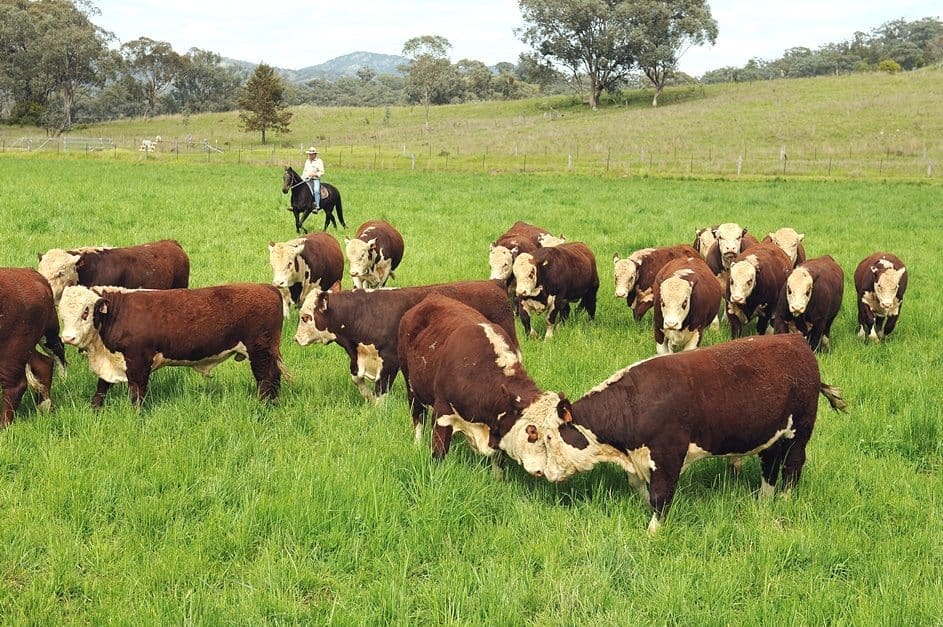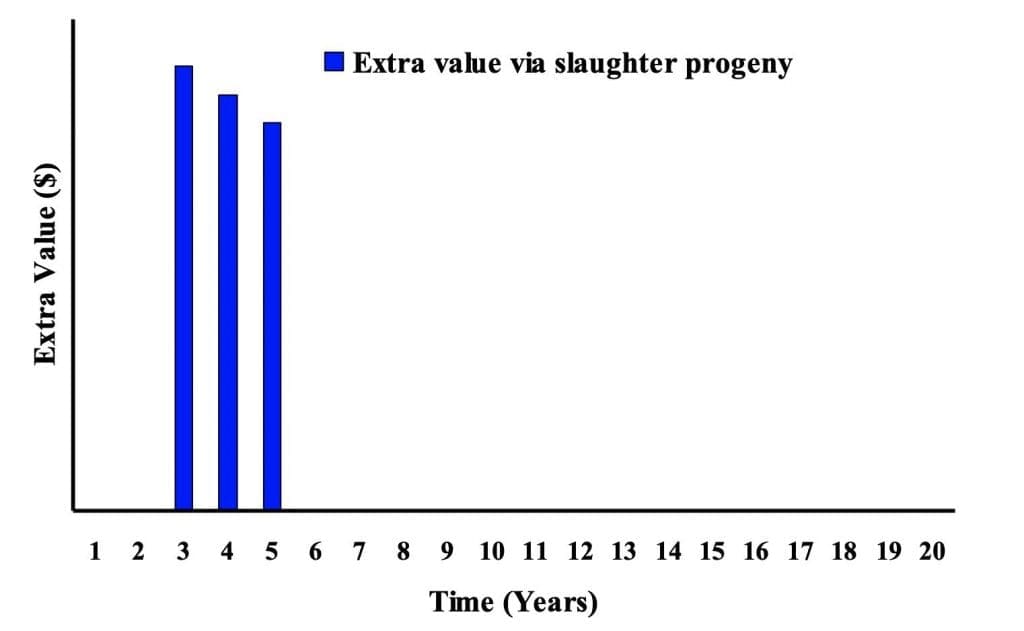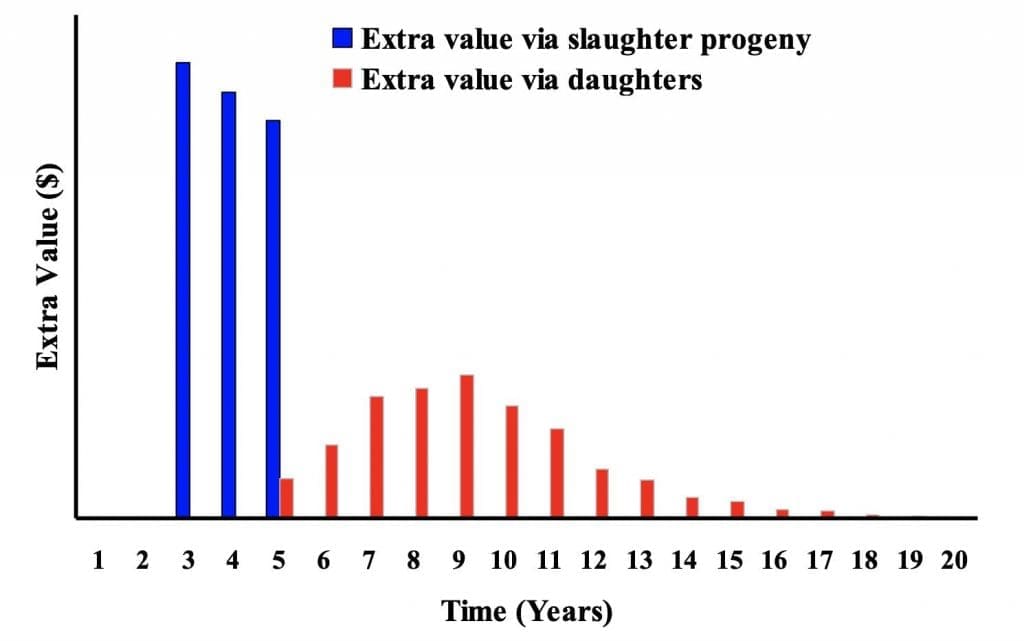
IN ALL the excitement of a record year for bull sales across the country, there are many producers looking at their budgets and re-evaluating how they value new bulls.
In the past few weeks several producers have contacted me to help re-valuate their purchases or identify sources of bulls that may have budgets more in line with their financial position.
These discussions are healthy to have at any time. Identifying breeders who have bulls that genetically and physically suit a program is key to any re-evaluation process. It is often the case that some seedstock operations can become overshadowed by larger programs.
The key step in identifying these new sources is to do some homework and ask potential new genetics suppliers for as much information as possible on their program, selection process and overall objectives. Many of these questions were outlined in an earlier column this season (click here to access).
Equally important to their evaluation is to consider the overall impact that new genetic sources will have on a program. Often the value of new sires is only determined on the impact that new sires will make in their breeding lifetime, and this is often placed only on the value of increased weight and growth of steers.
There is no doubt that selecting bulls that are genetically above the breed average will contribute to improvements in progeny performance and value.
The value in this performance does take some time to flow-through into a property’s returns. As this graph highlights, in most cases progeny are not sold until around the third year from the initial purchase of a new bull.

In practical terms the sires of 2020 won’t have their progeny sold until 2023. However, if these bulls were purchased with an intention to improve performance traits in line with a breeding objective, it would be a reasonable assumption that the steers produced by these bulls will have grown and achieved a greater level of value compared to the previous year’s animals.
As subsequent progeny are born and the value of the progeny in the program improves (years two and three) the difference in value of these animals is less obvious. It is important to note that the change in value difference is due to a general improvement across the herd as the result of improved genetic selection. In practical terms the cattle are generally better, so the value is shared across the herd, not just with the first calves born from the new sire.
Longer-term influence
However, as highlighted in last week’s column, a sire has a longer influence on a herd. The retention of daughters is a factor that also needs to be considered in determining the value of genetic improvement.
The long-term value of fertility traits is highlighted in the graph below. As more daughters are born and enter the breeding herd, the value of these genetics makes a significant impact on a herd’s overall productivity and profitability.

Slight increases in fertility have a dramatic impact on enterprise income. These changes may be as little as improving calving or weaning rates by 5pc. Over an entire program this can result in a significant increase in kilograms of beef produced per hectare and as a result a decrease in the cost of production for a business.
These two charts highlight the importance of having a breeding objective and placing selection decisions around the traits that will offer long-term improvement across a business. While an increase in the value of slaughter progeny offers a reasonably quick lift, in most cases the cumulative improvement of female performance is key to driving an enterprises profitability.
 Alastair Rayner is the Principal of RaynerAg, an agricultural advisory service based in NSW. He regularly attends bull sales to support client purchases and undertakes pre-sale selections and classifications. He can be contacted here or through his website www.raynerag.com.au
Alastair Rayner is the Principal of RaynerAg, an agricultural advisory service based in NSW. He regularly attends bull sales to support client purchases and undertakes pre-sale selections and classifications. He can be contacted here or through his website www.raynerag.com.au

“Slight increases in fertility have a dramatic impact on enterprise income”. Alastair is absolutely right about this.
Challenge is that few stockmen work to increase fertility because they don’t understand the main factors influencing fertility.